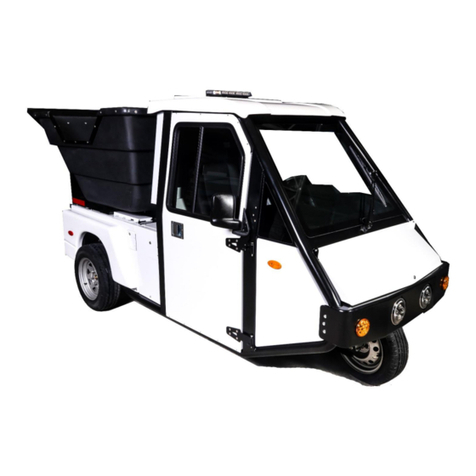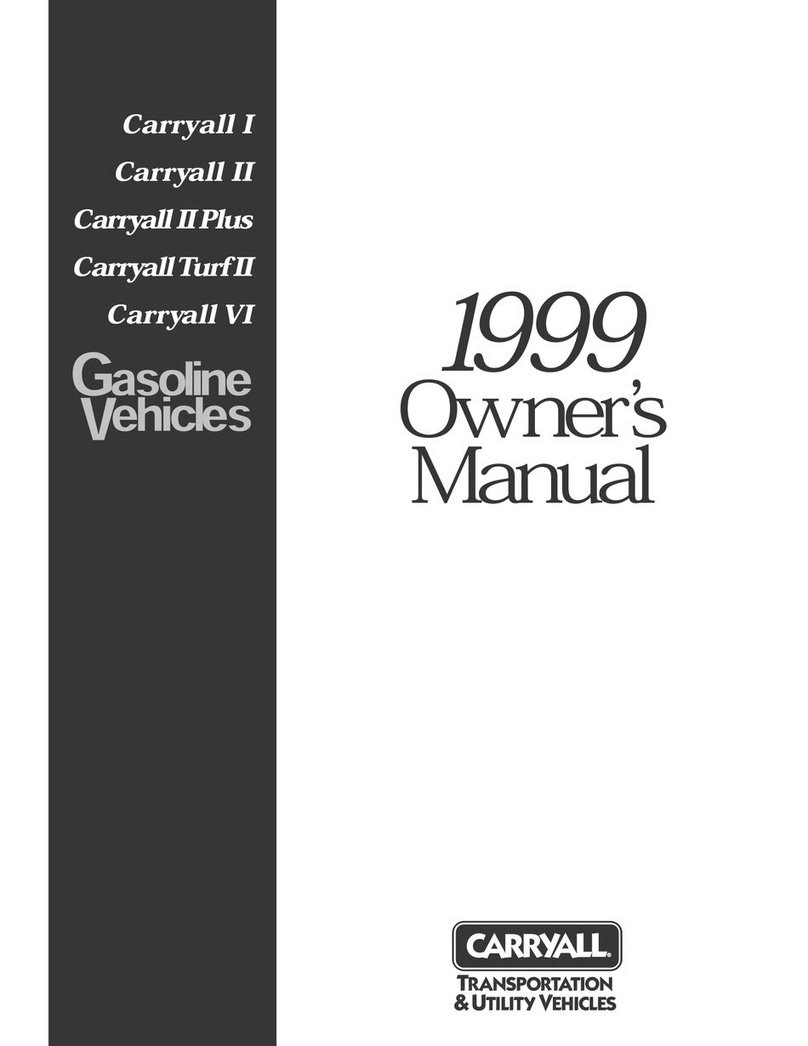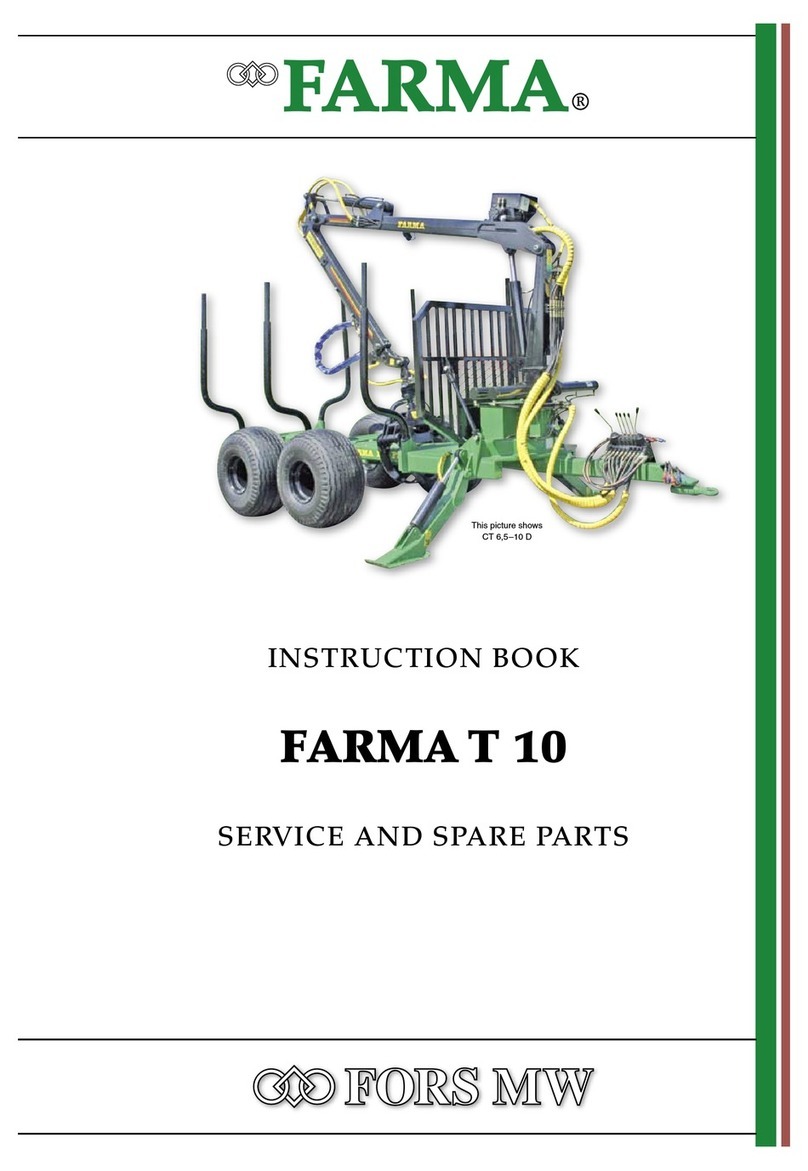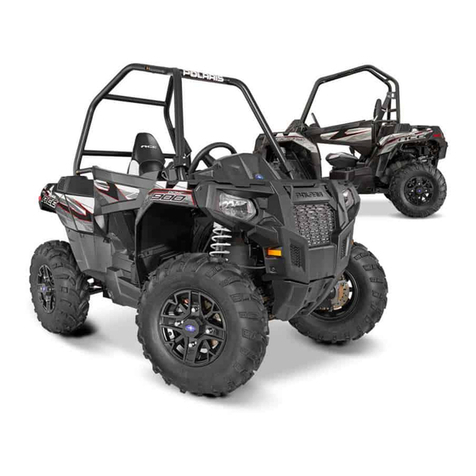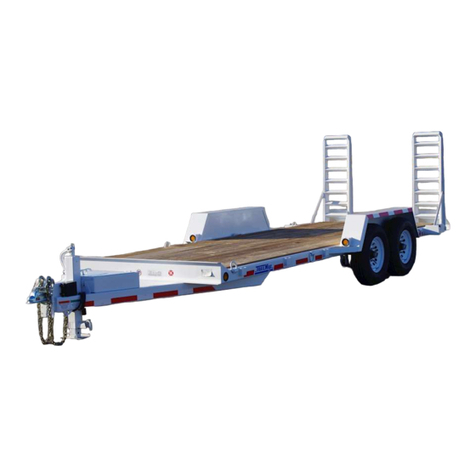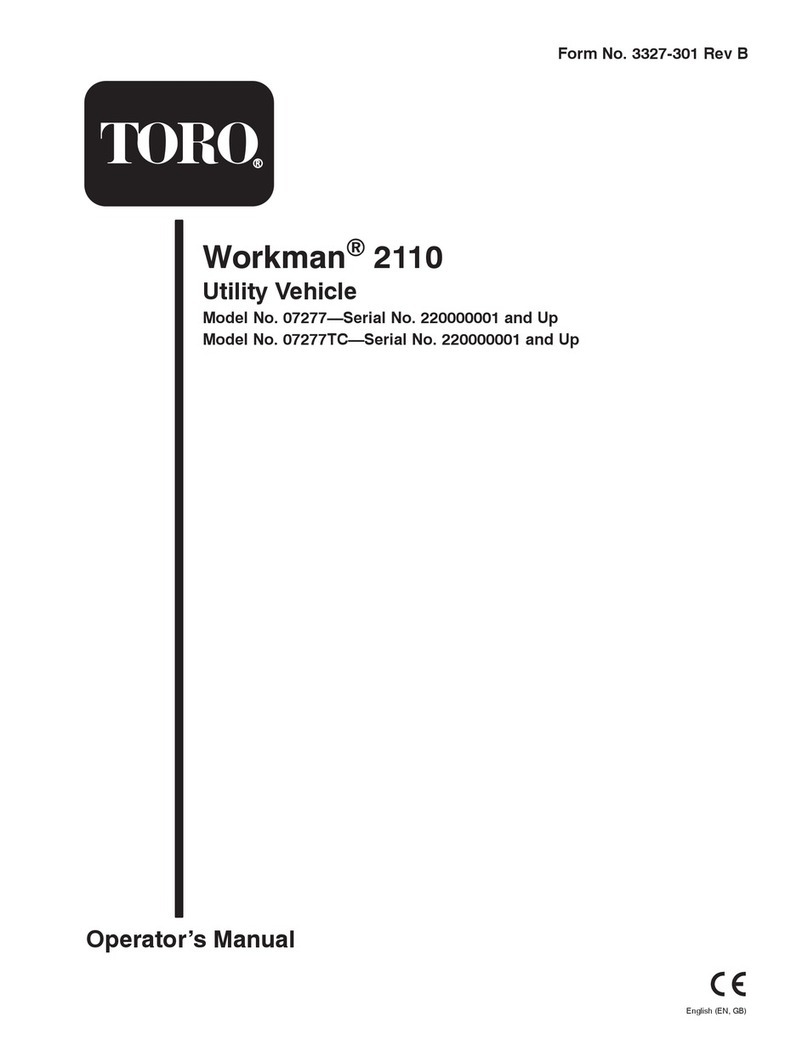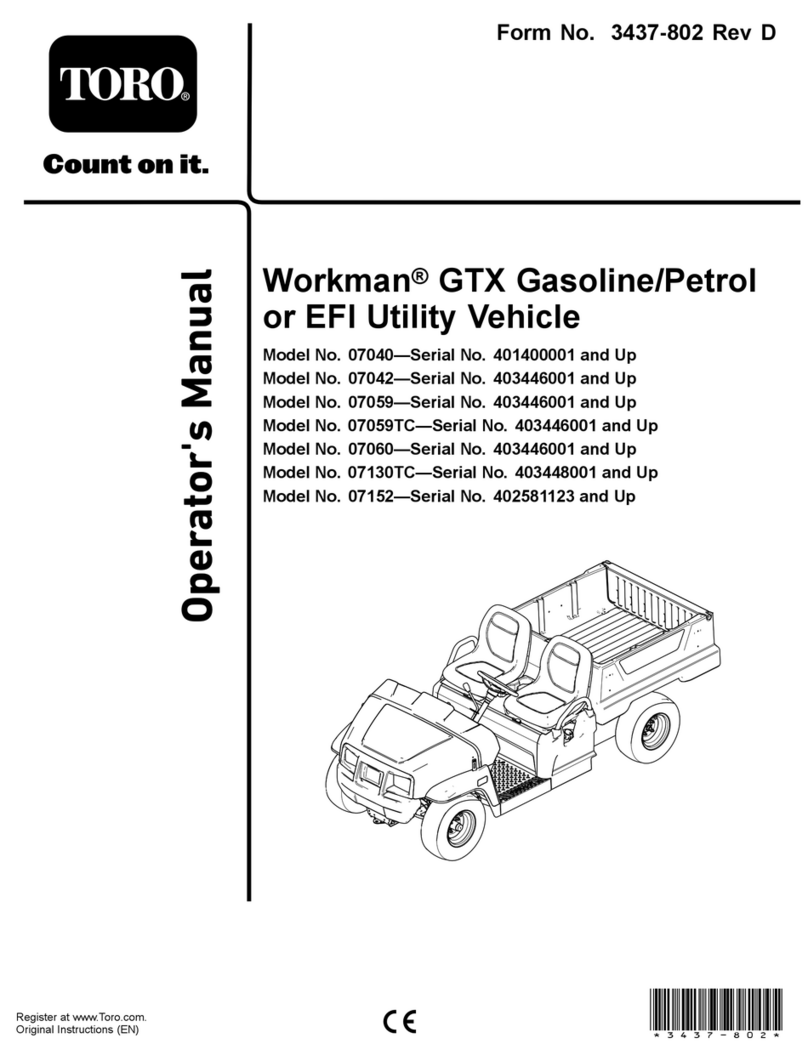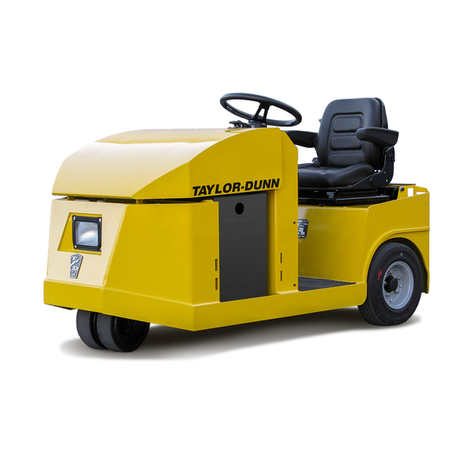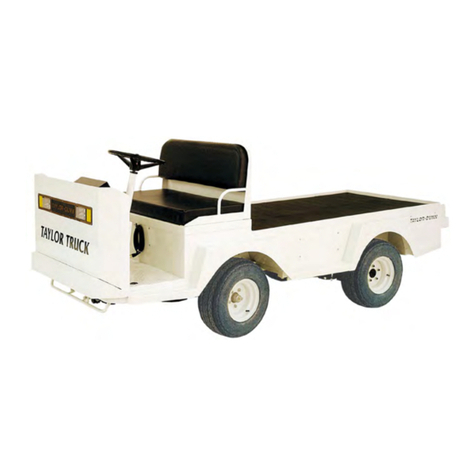SQRACING.COM.AU
3. SPARK PLUG REMOVAL
Clean the area around the spark plug of any loose dirt so when the spark plug is removed
no foreign material can fall into the engine.
Remove the spark plug from the engine.
IMPORTANT - Place the removed spark plug in the end of the coil lead / spark plug cap
then EARTH the spark plug by laying the spark plug on the top of the engine. This is so
when the engine is turning over you can see if the engine is firing / sparking. If this is not
done the coil could be damaged. The discharge spark from the SQ Cheetah CDI is so
strong that it needs to be discharged via the spark plug, if not, the spark will jump inter-
nally through the insulation of the coil and if done repeatedly over time could cause coil
failure or high rpm misfire.
NOTE: A clever feature of the SQ CHEETAH is the ignition system. It is a microproces-
sor controlled CDI (Capacitor Discharged Ignition). This controls the advance curve while
adding safety features. The drawback is that the CDI is a sensitive device and therefore
the kart should never be re-charged using battery chargers with the ignition turned on, or
try to boost starting power by leaving the charger connected while cranking. The 12volts
output from most chargers is not normally regulated properly and can blow the CDI com-
puter. A simple thing to do is REMOVE the 3 amp fuse (or disconnect the battery) whilst
charging. We recommend the Kartelli Corse 12Volt Kart Battery Charger). Also make sure
all electrical terminals and connections are tight to stop any voltage spikes in the electrical
system.
One of the features of the CDI is the test spark – this will fire a single spark when you tog-
gle the ON/OFF switch. This will prove the CDI / coil / spark plug are all functioning cor-
rectly. If done repeatedly and quickly – the single spark may not happen – this is normal.
3. FUEL:OIL MIX
Make sure you have premixed the fuel (premium unleaded 97 octane or better) and oil
(Shell Advance Racing M) at a ratio of 16 parts petrol to 1 part oil.
e.g. 16 litres petrol to 1 litre of oil or 4 litres petrol to 250ml of oil.


